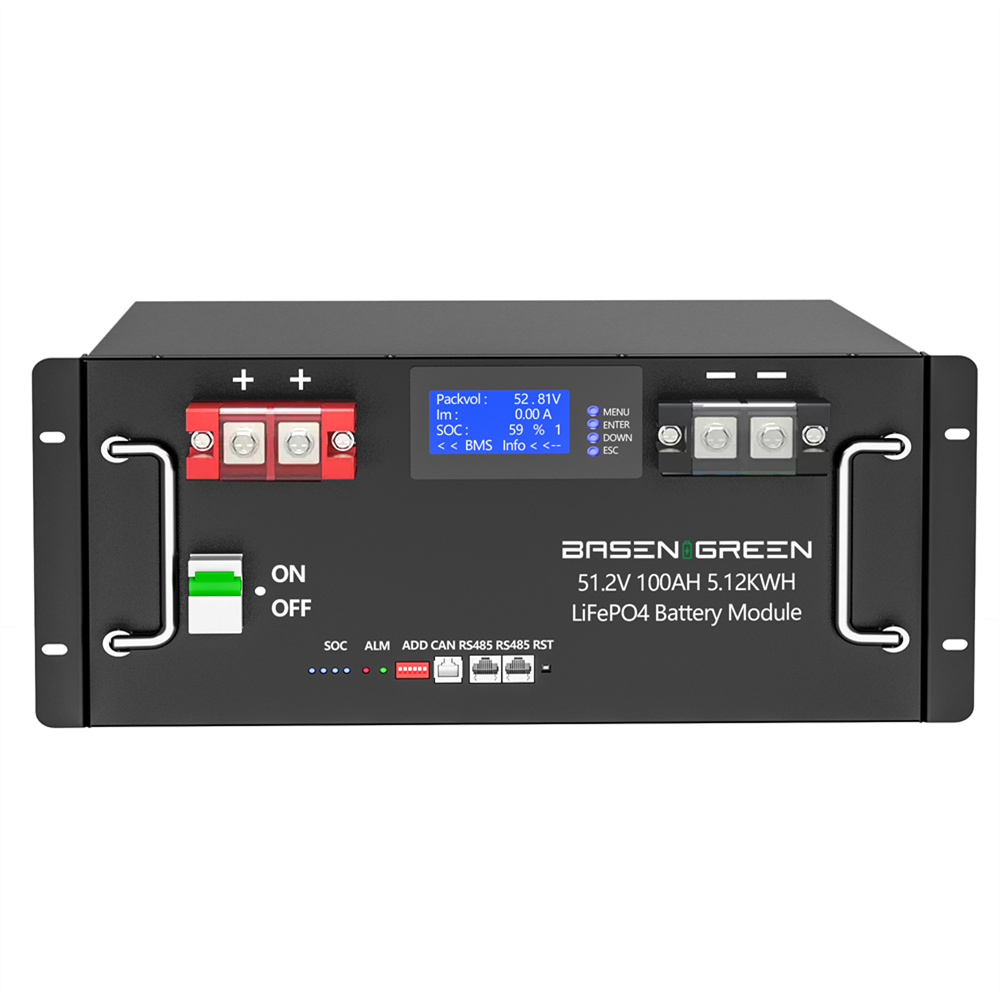I'm in the UK... I'm not sure why there is this variation of models! I wonder, if those with meters have issues, if it is worth trying the direct CT method and setting the clamp location appropriately. I am not able to use the clamp on the inverter anyway, because I have 2 inverters located far apart. I would be happy to use a meter - I looked to buy one but only found results in China.
I genuinely think the issues with the inverter + lead acid is all related to the ability accurately measure the SOC.
So far, so good-ish with my lifepo4. I have found:
- When configuring it (as a PYLON) you can only set the minimum SOC. I would have liked to be able to restrict the rate at which it charges and discharges (I know we have 3kw to play with, but I'd rather trickle it out at 1kw than dump it at 3kw). I have been trying to find a setting that would allow me to de-rate the inverter. I found "power parameter" and "power rate limit" but can't find what they mean. Does anyone know?
- I set the minimum SOC to 20% initially. I have found that while it stops there, it continues to drain slightly overnight, and then has a sudden burst of grid sourced charging in the early hours. I assume this is a forced charge. I understand the inverter itself runs on DC (this may be why @thegrazingcow sees the pretty graphs - powering the inverter itself and floating the battery likely causes some constant in/out). I have now set it to 25% minimum SOC to see what happens.
- I seem to be maintaining a grid import of 200w, based on my real-time smart meter, while the solis is reading zero import/export at the CT. I had to extend my CT which I did with speaker wire (just what I had available). I believe the reading error could be to do with that, so I will be changing to a shielded twister pair CAT6 cable. I also measured the AC voltage at the inverter with a multimeter and compared it to what the inverter sees (real time). I found it needed a correction of -0.6v which improved the reading error by about 50w.
I was surprised yesterday to have charged the battery to 70% on a clear autumn/winters day. I think I will be needed another battery in the summer because I am also increasing the array size and inverters - I'm getting 2x3kw (currently 1x1.5kw and 1x2kw) with export limitation).
I'm really interested to hear your results with the new pylon
@Umski .




